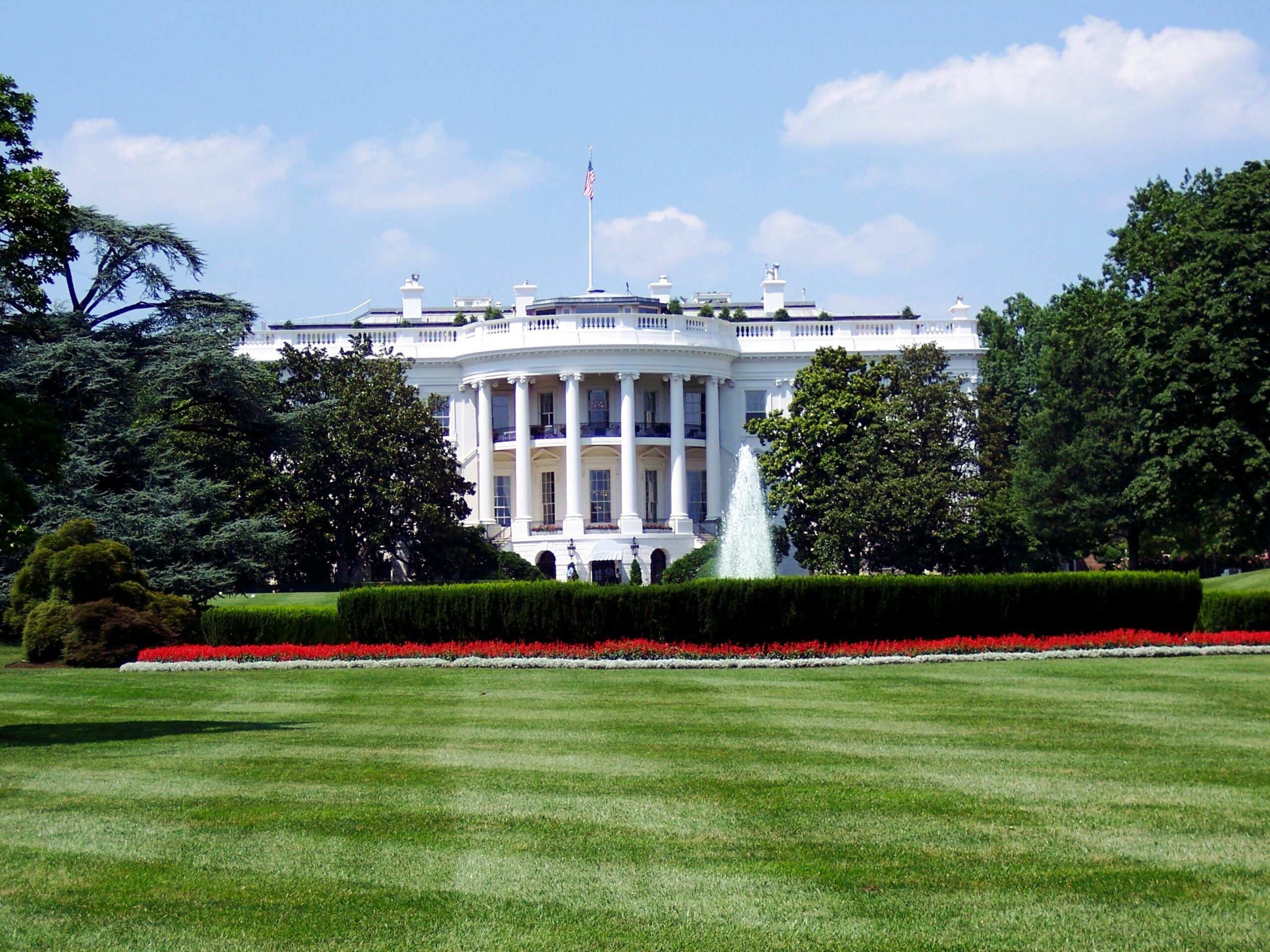
The Trump administration’s sweeping federal workforce reforms are creating significant ripple effects throughout the Washington DC housing market, with early data showing both immediate market disruptions and longer-term uncertainty. From return-to-office mandates to anticipated job cuts through the Department of Government Efficiency (DOGE), these policy changes are fundamentally altering housing demand patterns in the nation’s capital and surrounding regions.
Federal Workforce Changes Drive Market Uncertainty
The foundation of D.C.’s housing market disruption lies in the Trump administration’s aggressive federal workforce restructuring. On his first day in office, President Trump signed a number of Executive Orders aimed at federal workers — specifically a hiring freeze, as well as an end to the government’s remote work policy. These immediate policy changes have created a climate of uncertainty that is already manifesting in housing market behavior.
The Trump administration’s return-to-office mandate and layoffs are disrupting housing markets with big federal footprints, as workers search for closer commutes and struggle with job insecurity. Trump has said that if federal employees opt to stay remote, they will be dismissed. This stark ultimatum has forced thousands of federal workers to reconsider their housing situations, either by relocating closer to their offices or facing potential job loss.
The scope of potential federal job reductions is substantial. Trump’s shake-up of the federal bureaucracy — executed by the U.S. DOGE Service and overseen by Elon Musk — is likely to have a disproportionate impact on D.C. The Department of Government Efficiency, designed to streamline government operations, represents one of the most significant federal workforce reductions in decades.
Early Market Data Shows Mixed Signals
Despite dramatic predictions of housing market collapse, the current reality presents a more nuanced picture. A mass exodus? A sharp decline in home values? Viral social media posts claim D.C.’s housing market is collapsing amid federal job cuts, but it’s not true. However, measurable impacts are already evident in market activity and buyer behavior.
Data shows that housing demand in Washington, D.C., had already been affected even before Trump’s inauguration: New home closings dropped by 16 percent in the year leading up to December 2024, according to John Burns’ latest D.C. market analysis, and the resale market was stagnant. This decline suggests that anticipation of federal workforce changes began affecting the market well before actual policy implementation.
Consumers and investors are adopting a wait-and-see approach before proceeding with purchases. New home closings declined by 16 percent in the year leading up to December 2024, according to JBREC’s latest DC market analysis, and the resale market appears stagnant. This cautious approach reflects the broader uncertainty surrounding federal employment stability.
Contradictory Market Forces at Play
The D.C. housing market is experiencing competing pressures that create a complex dynamic. Return-to-office mandates for federal workers have led to an increase in home buyers, but “uncertainty” about federal job cuts has discouraged others from buying or selling their homes, according to the report. This simultaneous increase and decrease in different buyer segments creates unpredictable market conditions.
Recent weekly data suggests some market resilience despite broader concerns. Almost 1,400 homes on the market in the D.C. region went under contract during the week ending Feb. 22 — 1.1% higher than the previous week. Fairfax County, the region’s most populous jurisdiction, accounted for 255 pending sales last week — an 8.5% jump from the previous week. These short-term fluctuations highlight the market’s volatility amid policy uncertainty.
Geographic Impact and Regional Variations
The effects of Trump’s federal policies extend beyond the District of Columbia itself. Some people are holding off on buying new homes as federal job insecurity rises. This hesitation is particularly pronounced in suburban areas that traditionally house federal workers but may become less attractive if commuting requirements change.
Federal workforce changes affect different geographic areas within the D.C. metropolitan region differently. Areas closer to federal office buildings may see increased demand from workers needing to comply with return-to-office mandates, while outlying suburban communities that were popular during remote work periods may experience reduced interest.
The regional impact reflects the concentration of federal employment in specific areas. Communities with higher percentages of federal workers face greater potential disruption than those with more diverse employment bases, creating uneven market effects across the metropolitan area.
Economic Forecasts and Expert Predictions
Housing market analysts are offering cautious predictions about the D.C. market’s future trajectory. For 2025, I am forecasting growth of 1.77%, indicating another year of negative real home price growth. As inventory increases and if mortgage rates remain above 7%, price growth will likely remain constrained. This modest growth projection reflects the challenging environment created by federal workforce uncertainty.
Whatever comes of the new Trump Administration’s Department of Government Efficiency, the potential effects on the D.C.-area housing market could be significant. The scale of potential DOGE-driven reductions could fundamentally alter the region’s economic base, with corresponding effects on housing demand and pricing.
Some analysts warn of more severe potential outcomes. Industry experts suggest that significant federal workforce reductions could create what amounts to a “regional recession for housing,” fundamentally altering the market dynamics that have supported D.C. area property values for decades.
Market Strategy Adjustments
Real estate professionals are adapting their strategies to navigate the uncertain environment. Assess mortgage rates, which are expected to stabilize between 6% and 7% in 2025. Look for emerging buyer’s market opportunities in areas affected by the workforce reduction. What strategies should sellers use to remain competitive? Price homes competitively based on recent comparable sales.
The changing market conditions require both buyers and sellers to recalibrate their expectations and strategies. Sellers may need to price more aggressively to attract buyers facing employment uncertainty, while buyers may find increased negotiating power in certain market segments.
Real estate agents report increased client consultations about timing decisions, with many potential buyers and sellers choosing to delay transactions until federal workforce policies stabilize. This wait-and-see approach contributes to reduced market velocity and transaction volumes.
Broader Economic Implications
The DC housing market disruption extends beyond real estate transactions to broader economic impacts. The District’s real estate market appears to be feeling the effects of President Trump’s federal crackdown, per data from Bright MLS — with signs would-be buyers and sellers are proceeding with caution. Why it matters: Washington’s real estate landscape has been cooling, thanks to DOGE cuts that affect the region’s primary economic engine.
Federal workforce reductions could trigger cascading economic effects throughout the metropolitan area. Reduced federal employment translates to decreased consumer spending, affecting local businesses, restaurants, and service providers that depend on federal worker clientele. These secondary effects could amplify housing market impacts beyond the direct effects of workforce changes.
The uncertainty also affects related industries, including construction, real estate services, and home improvement sectors that depend on active housing markets. Contractors and service providers report increased client hesitation about major projects amid employment uncertainty.
Long-term Market Outlook
The ultimate impact of Trump’s federal crackdown on the DC housing market will depend on several factors, including the scale of actual job reductions, the timeline for policy implementation, and the broader economic response to federal workforce changes. A new report is showing how the Trump administration’s federal layoffs are affecting the DC housing market.
Market observers suggest that while immediate disruption is evident, the long-term effects will depend on whether alternative economic drivers can offset reduced federal employment. The region’s technology sector, defense contractors, and professional services could potentially absorb some displaced workers, moderating housing market impacts.
However, the scale of potential federal workforce reductions may exceed the region’s ability to quickly absorb displaced workers, particularly if cuts occur rapidly rather than through gradual attrition. This scenario could create more sustained housing market pressure.

Conclusion
Trump’s federal workforce crackdown is creating measurable but complex effects on the Washington D.C. housing market. While dramatic predictions of market collapse appear overstated, real impacts are evident in reduced transaction volumes, increased buyer and seller hesitation, and price pressures in certain market segments.
The market is navigating contradictory forces: return-to-office mandates creating some increased demand while job security concerns reduce overall market participation. This dynamic creates an environment where traditional market predictions become less reliable.
As federal workforce policies continue to evolve, the D.C. housing market will likely experience continued volatility until greater clarity emerges about the scale and timeline of federal employment changes. Market participants are advised to monitor policy developments closely and maintain flexible strategies to adapt to changing conditions.





